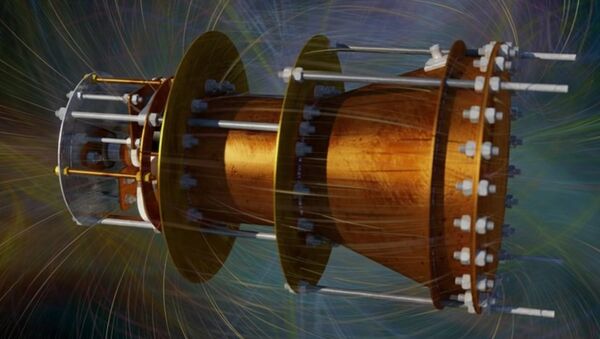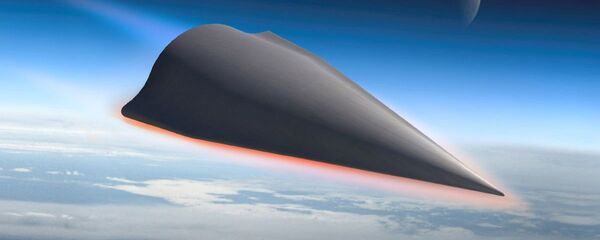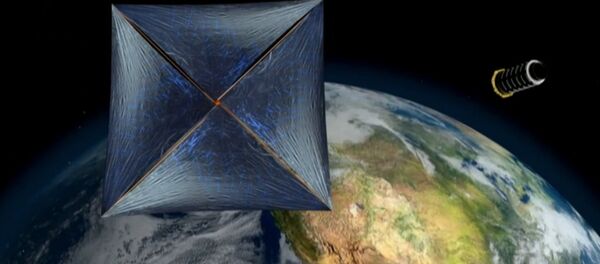Shawyer proposed that a propellant-less thruster, capable of launching satellites into the far reaches of space, can be created by repeatedly bouncing microwaves back and forth in a truncated cone, which creates thrust towards the narrow end of the cone.
However, Shawyer was not able to explain how the system is able to increase its momentum; this contradicts the law of momentum conservation, which states that momentum is neither created nor destroyed, but only changes through the action of forces, as described by Newton's laws of motion.
Despite the theoretical uncertainty, Shawyer's controversial technology has been found to create small amounts of thrust by scientists in China and most recently by a NASA experiment, which successfully tested the EmDrive in a vacuum for the first time.
According to McCulloch, inertia arises from an effect predicted by general relativity called Unruh radiation, the notion that an accelerating object will observe black-body radiation, so the background appears to be warm.
"More than eight tests in four independent labs have shown that when microwaves resonate within an asymmetric cavity, an anomalous thrust is generated pushing the cavity towards its narrow end," McCulloch wrote.
"This force can be predicted fairly well by using a new model for inertia which assumes that the inertial mass of the photons is caused by Unruh radiation, whose wavelengths have to fit exactly inside the cavity so that the photons’ inertial mass is greater at the wide end."
"To conserve momentum a new force appears to push the cavity towards its narrow end, and the predicted force is similar to the thrust observed," he explained in the paper, published on ArXiv.org.




